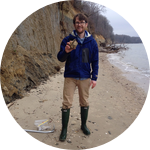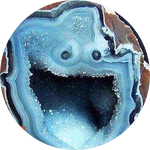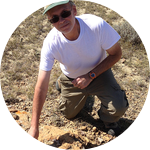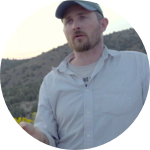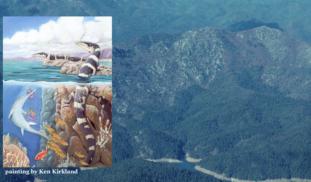Please wait...
About This Project
More than 100 years ago, paleontologists discovered the skeletons of ancient ocean-dwelling reptiles in the mountains of northern California. These fossils, including fish-shaped ichthyosaurs and lizard like thalattosaurs, provide a glimpse into the Triassic oceans of some 230 million years ago. This region has not been explored for new fossils in over a century. By relocating important sites and discovering new fossils we hope to shed light on a pivotal period in the history of life on Earth.
